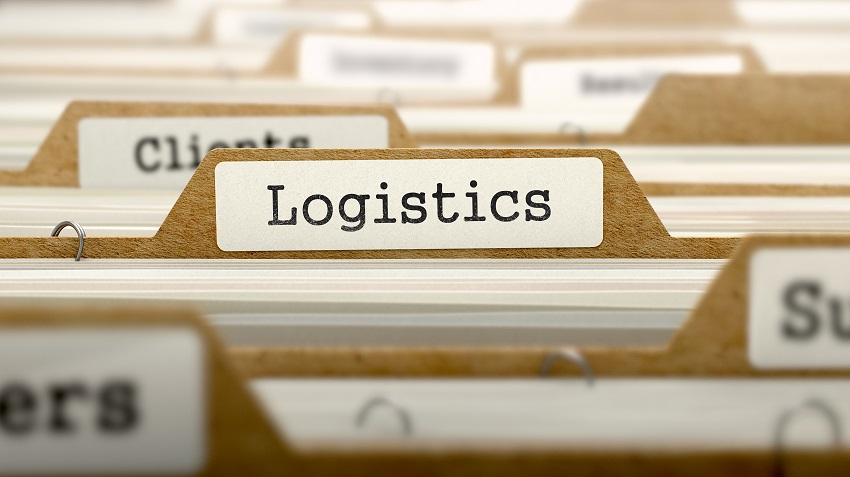
Logistics Market Update – August 2023
Here are some insights on three of the top freight events happening right now.
The FMC can’t seem to catch a break lately. Last year, they had both shippers and carriers protesting a proposed rulemaking where they attempted to define what they classified as an “unreasonable refusal to deal or negotiate” when it came to carriers and the vessel space they made available for shippers.
In a bid to further define what they meant, the FMC submitted a supplemental notice of proposed rulemaking (SNPRM) back in June. Now carriers aren’t happy, while shippers are on-side.
What has carriers on edge? First, from their point of view, the change gives the commission too much authority. And the changes would mean they need to file annual export policies that would—as far as carriers are concerned—put any competitive edge they may have at a disadvantage. The report would require them to share their pricing strategies, services offered, strategies for providing equipment, and a list of the markets it serves.
Our take: More transparency on pricing is a good thing, but importers need to always consider service (as in transit times and the support they receive from their forwarder) along with rates. Like most things, you often get what you pay for with ocean freight.
Read more here.
A month ago, a warning went out to the industry. Things were lining up for a perfect storm in the U.S. supply chain. Now we’re in a one step forward, one step back scenario.
The storm is the challenges the supply chain is facing from things it can’t control. Like the war in Ukraine, rising inflation, decreasing product demand, and more. The “more” included a potential UPS strike and a chance of Yellow going bankrupt. The strike was averted, but Yellow did indeed go bankrupt, putting 30,000 out of a job and impacting the supply chain and consumer prices.
Our take: While the reality of what happened in terms of freight is different, the message remains the same. And it’s not too late to take action. If they haven’t done so already, shippers need to validate with the TSA Known Shipper program if they want to lessen the impact of disruptions.
Read more here.
Sustainability is something that gets talked about a lot with supply chains and for good reason. The future depends on it. But figuring out how and what action to take today are not simple decisions.
Taking steps towards decarbonization is one approach that most agree is an important area of focus toward better sustainability. However, with any goal, it’s advisable to consider what impact each change you make to achieve that goal will have across the board. Because sometimes, good intentions can produce bad consequences. For example, at what price will the race for decarbonization come? Balancing the impact can affect customers, suppliers, and even the ROI of a business.
Our take: If you are not already, chances are logistics professionals will be required to do more to help with decarbonizations by the companies they work for at some point. Start now by talking to your providers to find out their sustainability practices and how they may be able to help with reporting you may be required to do in the future.
Read more here.
